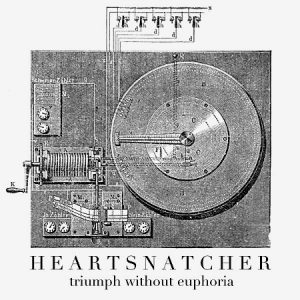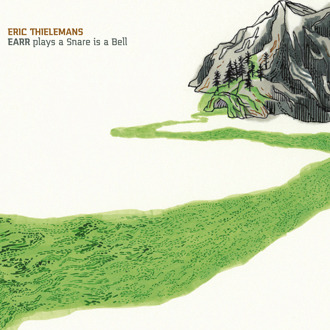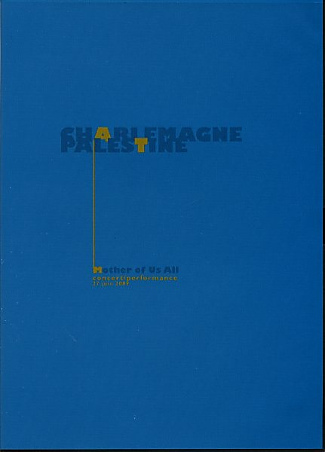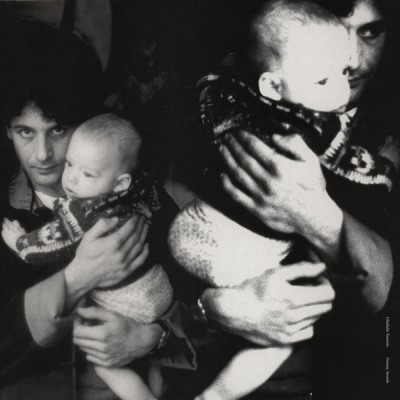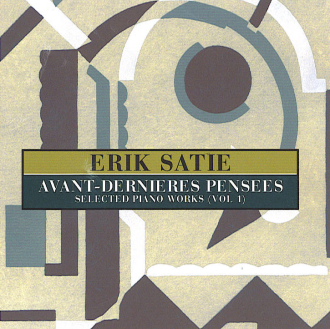Ennio Morricone - In His Own Words
Master composer Ennio Morricone’s scores go hand-in-hand with the idea of the Western film. Often considered the world’s greatest living film composer, and most widely known for his innovative scores to The Good, the Bad, and the Ugly and the other Sergio Leone’s movies, The Mission, Cinema Paradiso and more recently, The Hateful Eight, Morricone has spent the past 60 years reinventing the sound of cinema. Morricone and Alessandro De Rosa present here a years-long discussion of life, music, and the marvelous and unpredictable ways that the two come into contact with and influence each other. The result is what Morricone himself defines: “beyond a shadow of a doubt the best book ever written about me, the most authentic, the most detailed and well curated. The truest.”
Opening for the first time the door of his creative laboratory, Morricone offers an exhaustive and rich account of his life, from his early years of study to genre-defining collaborations with the most important Italian and international directors, including Leone, Bertolucci, Pasolini, Argento, Tornatore, Malick, Carpenter, Stone, Nichols, De Palma, Beatty, Levinson, Almodóvar, Polanski and Tarantino. In the process, Morricone unveils the curious relationship that links music and images in cinema, as well as the creative urgency at the foundation of his experimentations with “absolute music”. Throughout these conversations with De Rosa, Morricone dispenses invaluable insights not only on composing but also on the broader process of adaptation and what it means to be human. As he reminds us, “Coming into contact with memories doesn’t only entail the melancholy of something that slips away with time, but also looking forward, understanding who I am now. And who knows what else may still happen.”
Alessandro De Rosa undertook his study of music composition following Ennio Morricone’s advice. He studied with Boris Porena in Rome and then graduated from the Royal Conservatoire in The Hague, Netherlands. He currently works as a freelance musician and collaborates with the RAI (Radiotelevisione Italiana) and the RSI (Radiotelevisione Svizzera di lingua italiana).
Table of Contents
Translator’s Note
Preface
Introduction Where These Conversations Come From
Chapter One Playing (Chess) with Mephisto
Chapter Two A Composer Lent to Cinema
2.1. On Arranging
2.2. The Beginnings in Cinema
2.2.1 Paying My Dues
2.2.2 Luciano Salce
2.3 Sergio Leone and the Dollar Trilogy
2.2.1 A Fistful of Dollars: Myth and Reality
2.2.2 For a Few Dollars More
2.2.3 The Good, the Bad and the Ugly
2.4 Pier Paolo Pasolini
2.4.1 The Hawks and the Sparrows and a Strange Poem
2.4.2 Teorema and an Unrealized Story
2.4.3 Surrendering to Pasolini
2.5 Collaborations, Experiments, and Professional Consolidation
2.5.1 Pontecorvo, De Seta, Bellocchio
2.5.2 Bolognini, Montaldo
2.5.3 Wertmüller, Bertolucci
2.5.4 Consensus or Consumption? 1968 and Once Upon a Time in the West
2.5.5 Duck, You Sucker
2.5.6 Elio Petri
2.5.7 Sergio the Producer
2.5.8 Once Upon a Time in America
2.5.9 The “Leningrad Project” and Leone’s Death
Chapter Three Music and Images
3.1 Reflections and Memories of a Film Music Composer
3.1.1 No Theme? More Fun !
3.1.2 Giuseppe Tornatore
3.1.3 Singers and Songs in Film: On Music’s Adaptability
3.1.4 Quentin Tarantino
3.1.5 Temporality and the “EST” Principle
3.2 Backward Path to the Beginnings in Hollywood
3.2.1 The Academy Honorary Award
3.2.2 The Beginnings in U.S. Cinema
3.2.3 A House in the United States?
3.2.4 U.S. Composers
3.2.5 Terrence Malick
3.2.6 The Interpreter Didn’t Help with John Carpenter
3.3 Creativity and Constraints: The Double Aesthetics
3.4 On Theater, the Musical, and Television
3.4.1 The Betrothed
3.4.2 Moses, the Lawgiver
3.4.3 Marco Polo
3.4.4 Secret of the Sahara
3.4.5 The Octopus
3.5 Pains and Experiments
3.5.1 Roberto Faenza
3.5.2 Nino Rota
3.5.3 Difficult Relationships
3.5.4 Joanou, Stone, and the Overtones
3.5.5 Warren Beatty
3.5.6 Pride and Repentance
3.5.7 Fights and Arguments
3.6 Beyond Cinema, Beyond Music
Chapter 4 Mystery and Mastery
4.1 The Mystery of Creation
4.2 What Is Music?
4.2.1 Birth, Death, and Resurrection of Music
4.2.2 In Search of Myself: How to Listen to Contemporary Music
4.2.3 My Way
4.2.4 A Dilated Present
4.2.5 Studying Music Today?
4.3 A Sophisticated Balance between the Predictable and the Unforeseeable
4.4 Digressions
4.4.1 Cinema’s Transformations
4.4.2 Timbre, Sound, and Performers
4.4.3 On Teaching
4.4.4 High Productivity? A Healthy Mind in a Healthy Body
Chapter Five An Absolute Music?
5.1 The Roots
5.1.1 A Short Introduction to the “Absolute”
5.1.2 Darmstadt: A Summer of Experiments
5.1.3 Gruppo d’Improvvisazione Nuova Consonanza
5.2 A Response to the Conflict of Times: Towards “Dynamic Immobility”
5.2.1 Suoni per Dino
5.2.2 Vidi Aquam. Id Est Benacum
5.3 Musical Creationism versus Musical Evolutionism
5.3.1 Gestazione
5.3.2 Beliefs: The Origins of Life and the Universe
5.4 Mystical Production
5.4.1 Mass for Pope Francis
5.5 The Ideal of Unity: Blend and Hope
5.5.1 The Mission
5.5.2 Voci dal silenzio and La voce dei sommersi
5.5.3 Cantata per l’Europa and a Poem for Maria
5.6 Exchanges, Form, and Linguistic Combinations
5.6.1 UT
5.6.2 The Four Concertos: Form and Non-Form
5.7 The Future of Music: Noise and Silence
Chapter 6 Looking Ahead: A Silent Nod towards the Future
Chronological List of the Absolute Music
Chronological List of the Applied Music
Acknowledgments
Index
Hardcover, published in 2019, 352 Pages, 235 x 156 mm. Color insert with 28 photographs; 36 musical examples
€28.50

